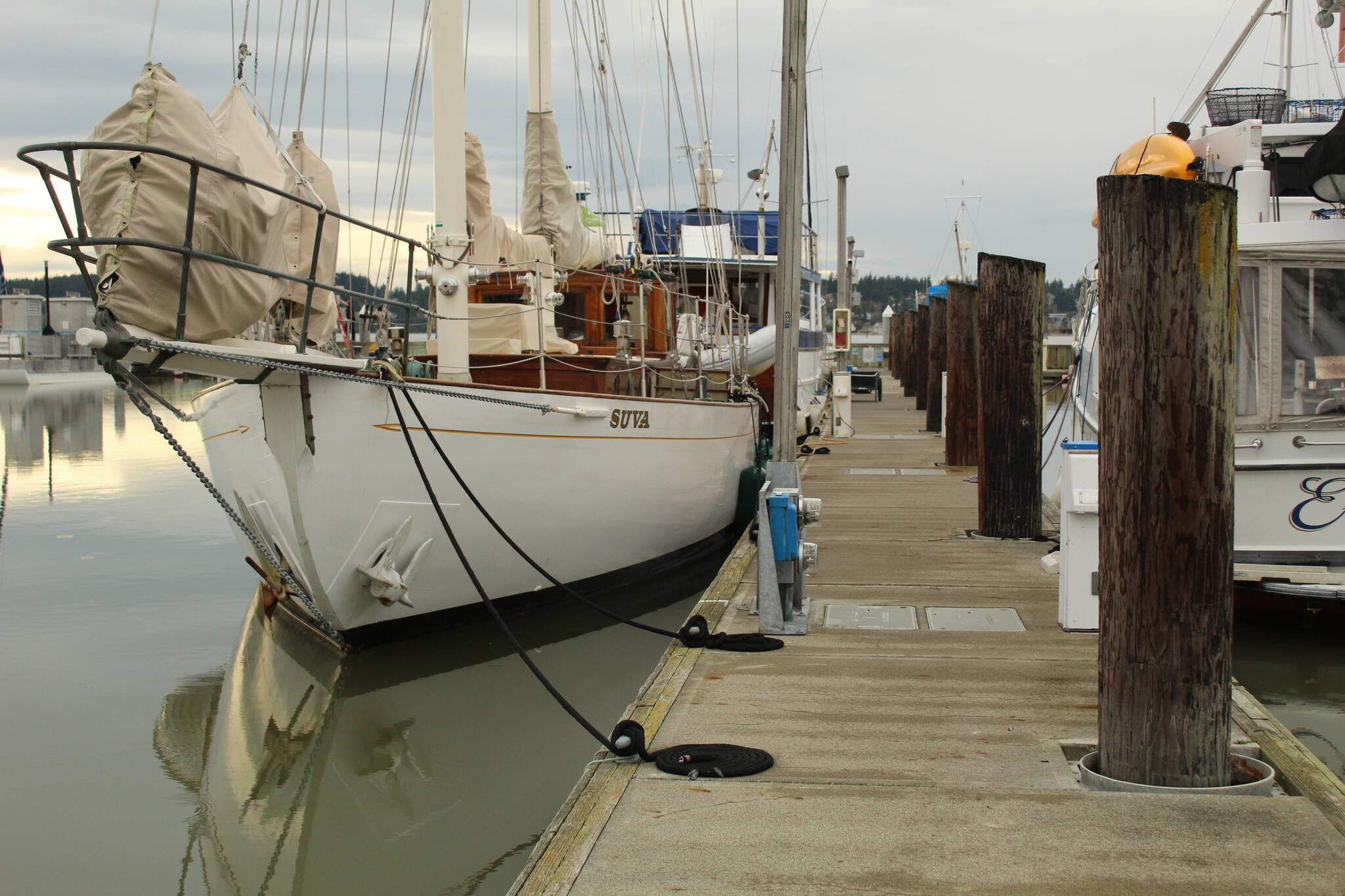The Oak Harbor Marina is in need of a dredging, and the marina advisory committee is taking preliminary steps to get that done.
The project could come with a $5 million price tag, borne by a bond, increased fees for boaters who use the facility and, potentially, assistance from the city.
Dredging typically takes place every 10 to 15 years. The Oak Harbor marina was last dredged between 2010 and 2011, and on that occasion only half of it was done. Before that, the marina hadn’t been dredged since 1997.
According to Harbormaster Chris Sublet, who spoke to the city council during a workshop meeting last week, the marina is only five feet deep at its shallowest points during zero tide. At low tide, that depth is shrunk by about two more feet, landlocking vessels and rendering the marina impossible to boat in or out of.
“Quite simply, our marina is not usable during the busy boating season during the low tides,” Sublet said.
In 2010, the marina was dredged to a depth of -12 feet, meaning the marina water was 12 feet deep at zero tide. Sublet said he hopes to make the marina even deeper this time, though the final depth will be left up to marine engineers.
The marina advisory committee made a formal recommendation to begin a dredge project during its Sept. 13 meeting. A dredge project feasibility study had been budgeted for 2024, but with high levels of silt already hindering sailings, marina staff wants to move ahead with the project next year.
Marina staff estimate the project will cost $4-5 million. Since the equipment used to dredge the marina can also be used to remove sunken barges on the south side of the marina which were previously used as breakwaters, committee members want to get that done at the same time, adding about $116,000 to the total cost.
Sublet said funding could come from a few sources, such as a new bond. The marina might also have to dip into its reserves or raise rates for those who moor or rent storage at its facilities. The marina is also requesting funding from the city of Oak Harbor.
“We are competing with port districts,” Sublet said. “Most of the marinas in Washington are port districts, and that means that they receive taxpayer funds to help support them.”
Marina advisory committee chairman Ken Hulett also addressed the necessity of dredging to facilitate movement around the marina in all tide conditions. He asked the council to work with marina staff to find solutions for the marina’s increasingly unsustainable financial model.
“A new model for financing the marina is needed for it to survive and not just become a vague memory or depression in the mudflats,” he said.



